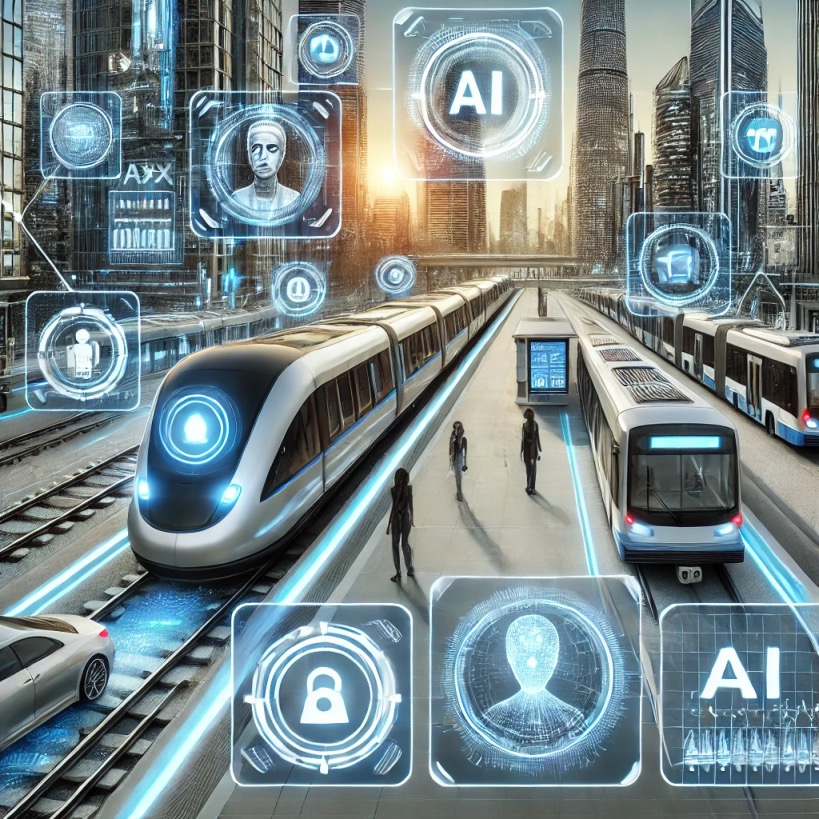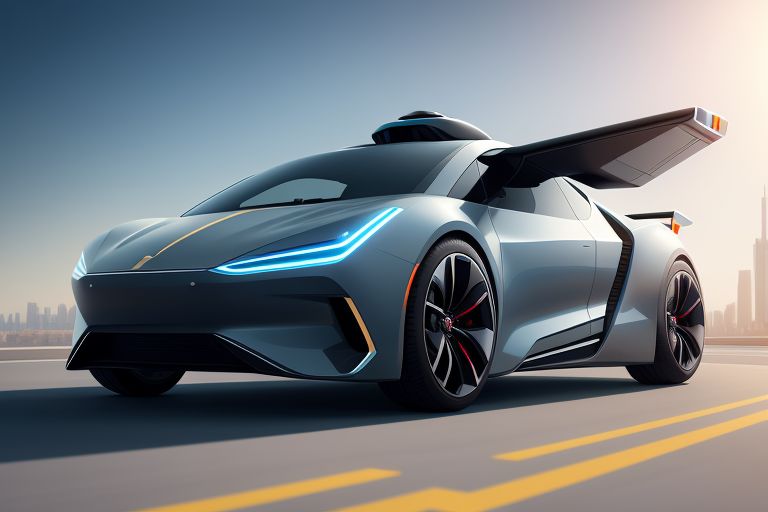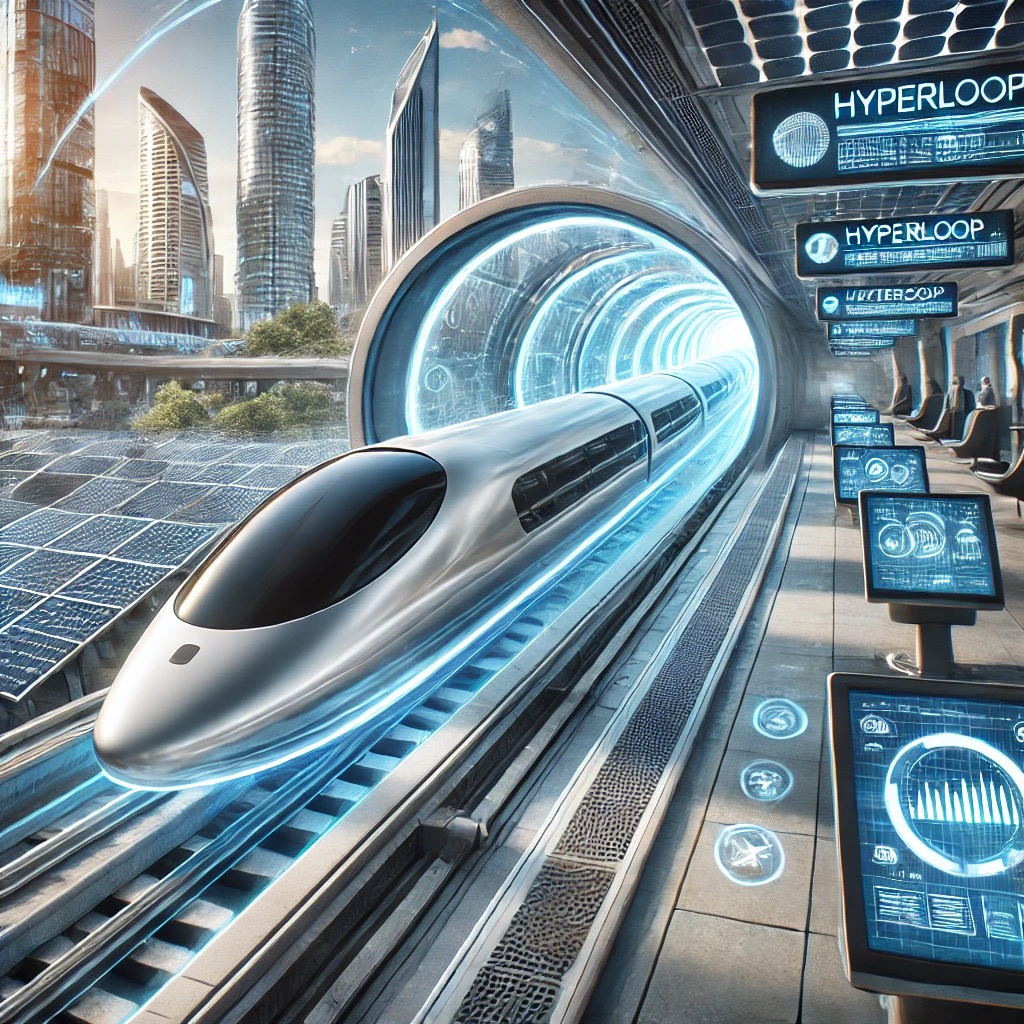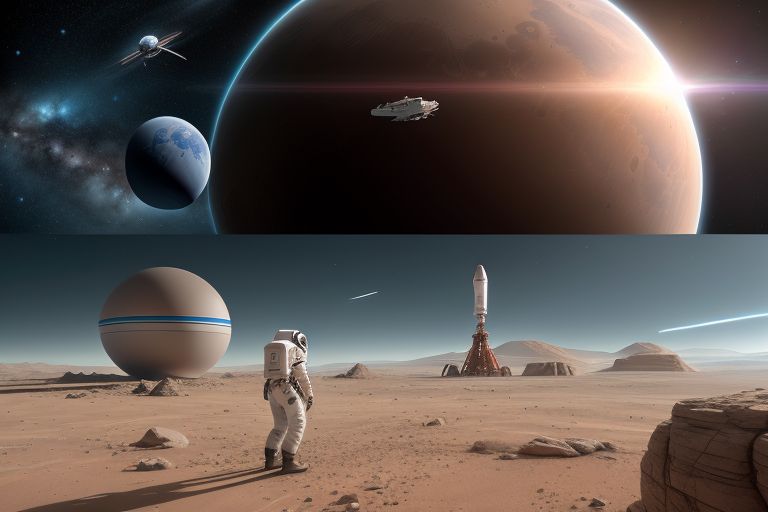The Hyperloop is a futuristic transportation concept that envisions ultra-high-speed travel in low-pressure tubes using magnetic levitation (maglev) or air-bearing technology. First proposed by Elon Musk in 2013, the idea has captured global attention due to its potential to revolutionize long-distance travel. However, whether Hyperloop will be used worldwide in the future depends on several factors, including technological, economic, regulatory, and societal challenges.
Here’s an analysis of the potential for Hyperloop to become a global transportation solution:



What is Hyperloop?
- Concept : Passengers or cargo are transported in pods through near-vacuum tubes at speeds exceeding 1,000 km/h (600 mph) .
- Key Features :
- Low air resistance due to vacuum-sealed tubes.
- Magnetic levitation or air cushions for frictionless movement.
- Energy-efficient and potentially powered by renewable energy sources.
- Goal : To provide faster, cheaper, and more sustainable alternatives to airplanes, cars, and trains for medium- to long-distance travel.
Current State of Development
Several companies and governments are actively working on Hyperloop projects, but none have reached full-scale commercial deployment yet. Some notable developments include:
- Virgin Hyperloop :
- Successfully tested a prototype pod in Nevada in 2020, achieving speeds of over 172 km/h (107 mph) .
- Plans to build operational systems in India, Saudi Arabia, and the United States.
- Hyperloop Transportation Technologies (HTT) :
- Focused on developing modular Hyperloop systems for various countries.
- Partnered with governments in Europe, Asia, and the Middle East.
- Government Initiatives :
- India : Proposals for a Mumbai-Pune Hyperloop route.
- Europe : Studies for a Hyperloop network connecting major cities like Amsterdam, Paris, and Berlin.
- Middle East : Ambitious plans for Hyperloop systems in Saudi Arabia and the UAE.
- Challenges in Testing :
- Most tests so far have been on short tracks, and scaling up to hundreds of kilometers remains a challenge.
Will Hyperloop Be Used Worldwide?
Factors Supporting Global Adoption
- Speed and Efficiency :
- Hyperloop could reduce travel times dramatically. For example, a trip from Los Angeles to San Francisco (about 6 hours by car) could take just 30 minutes via Hyperloop.
- This makes it ideal for connecting major cities within 500–1,500 km (300–900 miles).
- Sustainability :
- Hyperloop systems are designed to be energy-efficient and powered by renewable energy, aligning with global efforts to combat climate change.
- Economic Benefits :
- Faster transportation could boost trade, tourism, and regional development.
- Reduced congestion on roads and airports could save billions in infrastructure costs.
- Technological Feasibility :
- The core technologies (magnetic levitation, vacuum tubes, and autonomous systems) already exist and are being refined.
Challenges to Widespread Adoption
- High Initial Costs :
- Building Hyperloop infrastructure requires significant investment in land acquisition, tube construction, and advanced technology.
- Estimates suggest costs of $50–100 million per mile , making it more expensive than high-speed rail.
- Technical Challenges :
- Maintaining a near-vacuum environment over long distances is complex and energy-intensive.
- Ensuring safety in case of emergencies (e.g., power outages or tube breaches) is a major concern.
- Regulatory Hurdles :
- Governments must create new regulations and standards for Hyperloop systems, which could slow down adoption.
- Land acquisition and environmental impact assessments may face public opposition.
- Competition from Existing Modes of Transport :
- High-speed rail, electric vehicles, and aviation are already well-established and continue to improve in speed, efficiency, and sustainability.
- Convincing governments and investors to prioritize Hyperloop over these alternatives may be difficult.
- Public Acceptance :
- Traveling in a sealed pod at supersonic speeds may raise concerns about safety and comfort.
- Cultural resistance to adopting new technologies could delay adoption.
Potential Scenarios for Hyperloop
- Regional Adoption :
- Hyperloop may first be adopted in regions with strong government support, high population density, and existing infrastructure challenges.
- Examples: Middle Eastern countries (e.g., UAE, Saudi Arabia), India, and parts of Europe.
- Niche Applications :
- Hyperloop might initially serve specific use cases, such as freight transport or connecting major urban hubs, rather than replacing all forms of transportation.
- Gradual Global Expansion :
- If successful in early adopter regions, Hyperloop could expand globally over decades, similar to how high-speed rail spread from Japan to other parts of the world.
- Limited Adoption :
- If costs remain high and technical challenges persist, Hyperloop might remain a niche technology limited to a few high-profile projects.
Conclusion
While the Hyperloop has immense potential to transform global transportation, its widespread adoption worldwide is not guaranteed. Several factors—such as cost, regulation, and competition from existing modes of transport—will determine its success. In the near term, Hyperloop is more likely to be implemented in specific regions with strong political and financial backing, such as the Middle East, India, and parts of Europe.
If technological advancements can address current challenges and reduce costs, Hyperloop could become a viable option for long-distance travel in the future. However, it may complement rather than replace existing transportation systems, serving as one part of a broader, multimodal transportation network.



